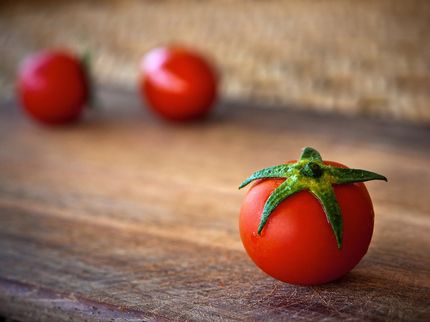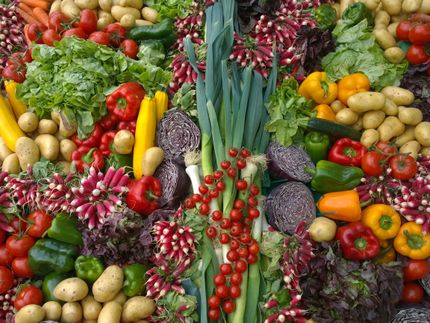Healthy ageing with micronutrients
The ageing process is associated with an altered requirement for essential micronutrients. In addition, changes in the bioavailability and postprandial variability of various nutrients are associated with ageing. However, it was previously unclear how quickly and to what extent micronutrients from a meal enter the bloodstream and whether this is age-dependent. To find answers to this question, scientists from the German Institute of Human Nutrition Potsdam-Rehbrücke (DIfE), the Leibniz Institute of Vegetable and Ornamental Crops and the University of Potsdam conducted the BioMiEL study. The results were published in the journal Nutrients.
micronutrient deficiencies are common in older people and are associated with an increased risk of certain diseases, such as cardiovascular disease and cancer. Causes can include an unbalanced diet, chronic illnesses, smoking or changes in the sense of taste. Another reason for a micronutrient deficiency could be an age-related reduction in bioavailability, i.e. how quickly and to what extent the small intestine absorbs the micronutrients and releases them into the bloodstream.
Young and old in comparison
Against this background, Dr. Daniela Weber, research associate in the Department of Molecular Toxicology at DIfE, and her team conducted theBioavailabilityof Micronutrientsin Elderly(BioMiEL) study. The aim was to investigate the postprandial variability - i.e. the dynamic changes in micronutrient concentrations after a standardized intervention meal - and the bioavailability of essential trace elements, vitamins and carotenoids in different age groups. A total of 43 participants took part, including 21 young (average age: 26.9 years) and 22 older men and women (average age: 66.8 years).
The scientists first determined the baseline concentrations of iron, copper, zinc, selenium, iodine, free zinc, vitamin C, retinol, lycopene, β-carotene, α-tocopherol and γ-tocopherol in the blood of all participants.
The test subjects were then given a plant-based test meal consisting of a micronutrient-rich spread and a smoothie. "The special thing about our study was the test meal, which was partly made from regional products," says study leader Weber. In the following six hours after eating, the dynamic changes in micronutrient concentrations were recorded every 90 minutes.
Mainly individual differences
"Similar to the previous literature, we were also able to show in the BioMiEL study that the concentrations of the essential trace element zinc and the carotenoid lycopene are lower in older people than in younger people," explains lead author Denny Pellowski from the University of Potsdam. "Postprandial, i.e. after food intake, zinc and vitamin C in particular fluctuated, whereby we were able to see that there were mainly individual and less age-related differences."
The concentration of selenium was higher in older participants and time-dependent differences were observed. Copper also showed higher baseline concentrations in older participants, with significant changes after food intake. Copper-zinc ratios differed in an age-dependent manner, indicating their role as biomarkers for ageing. For iron, no age-related differences in baseline concentrations were found, but significant changes were observed after dietary intake, especially in older participants. "We found the increase in vitamin C coming from the smoothie to be very illustrative. This was only a minor result, but it shows that a glass of blackcurrant juice and apple juice are enough to multiply the vitamin C concentration in the blood," says Weber.
The study results underline the need for targeted measures that address age-related changes in nutrient intake. At the same time, they offer valuable approaches for managing micronutrient deficiencies in older adults in a more targeted manner. However, the scientists agree that further research is needed to gain a better understanding of the postprandial variability of micronutrients.
Note: This article has been translated using a computer system without human intervention. LUMITOS offers these automatic translations to present a wider range of current news. Since this article has been translated with automatic translation, it is possible that it contains errors in vocabulary, syntax or grammar. The original article in German can be found here.
Most read news
Topics
Organizations
Other news from the department science

Get the food & beverage industry in your inbox
By submitting this form you agree that LUMITOS AG will send you the newsletter(s) selected above by email. Your data will not be passed on to third parties. Your data will be stored and processed in accordance with our data protection regulations. LUMITOS may contact you by email for the purpose of advertising or market and opinion surveys. You can revoke your consent at any time without giving reasons to LUMITOS AG, Ernst-Augustin-Str. 2, 12489 Berlin, Germany or by e-mail at revoke@lumitos.com with effect for the future. In addition, each email contains a link to unsubscribe from the corresponding newsletter.





























































